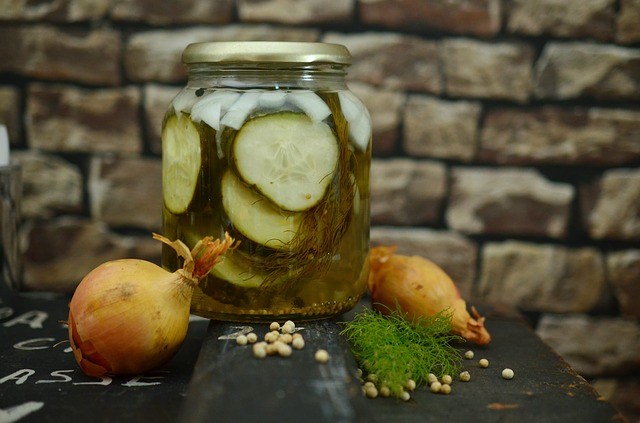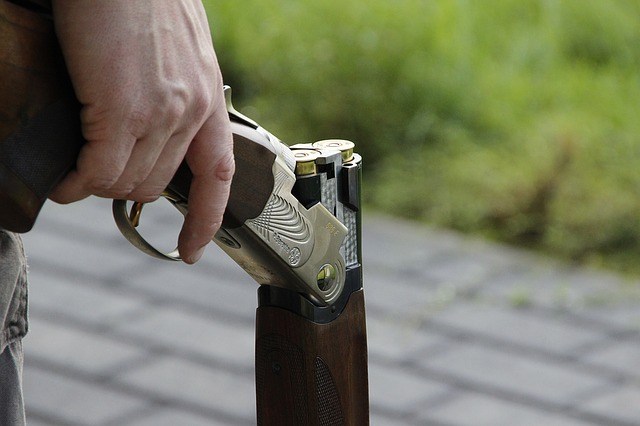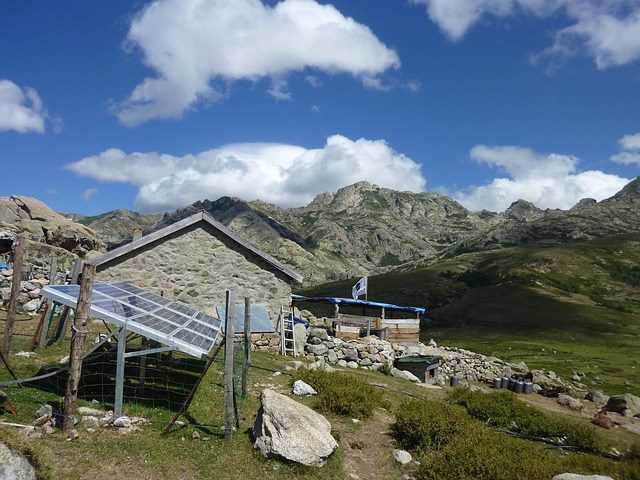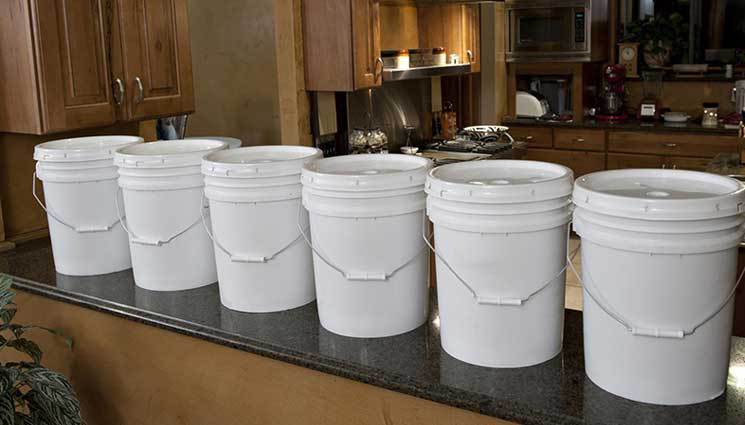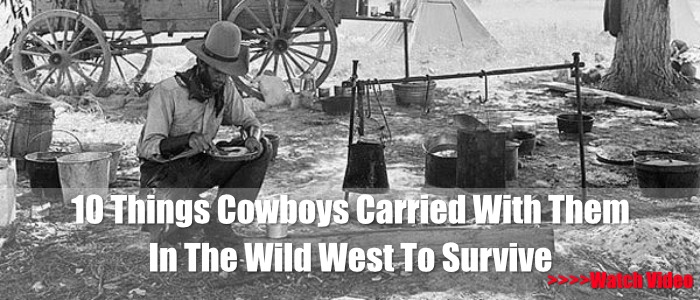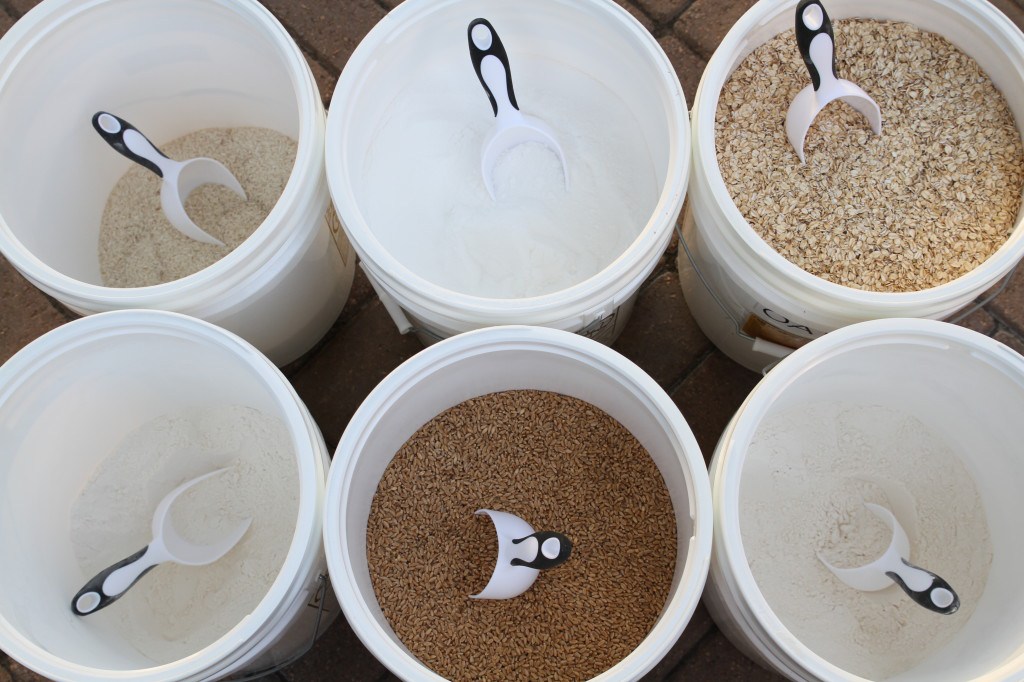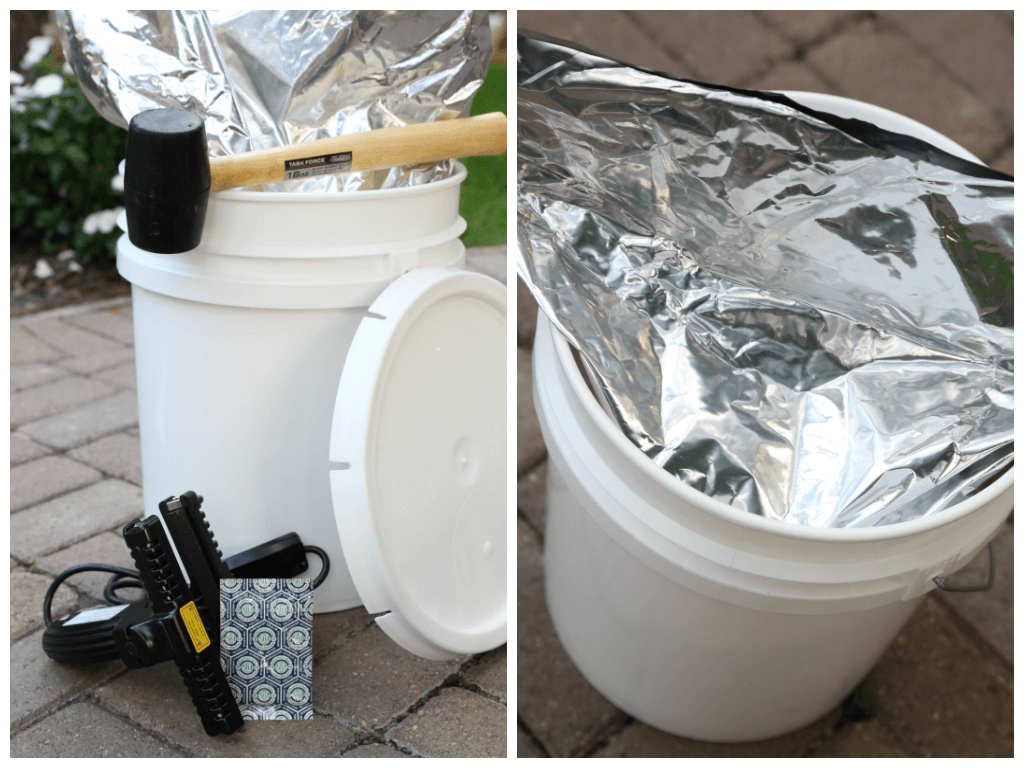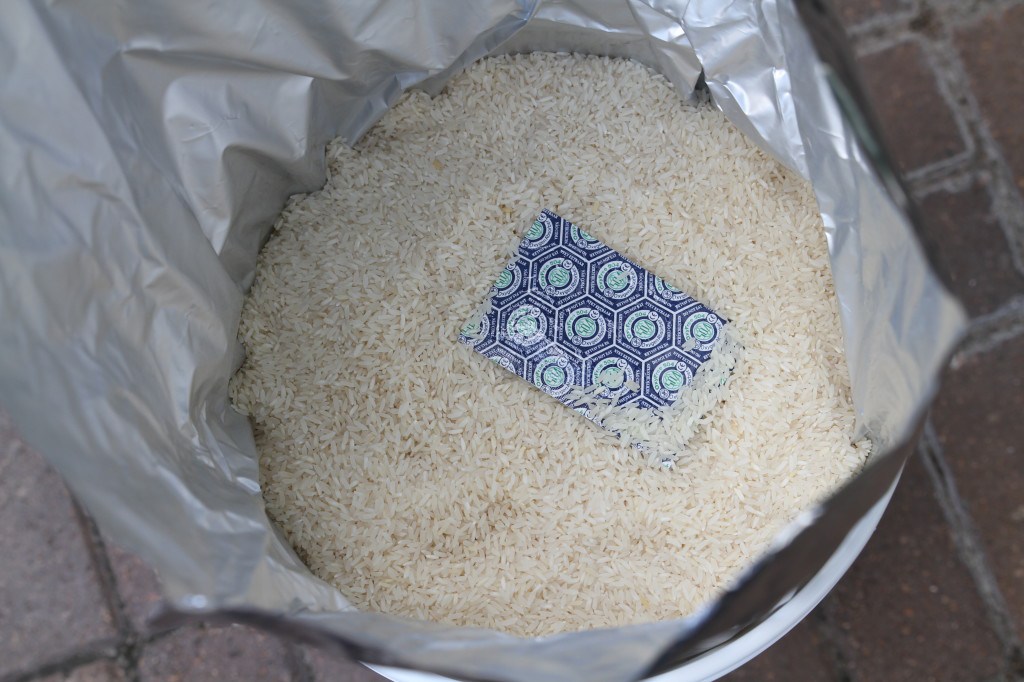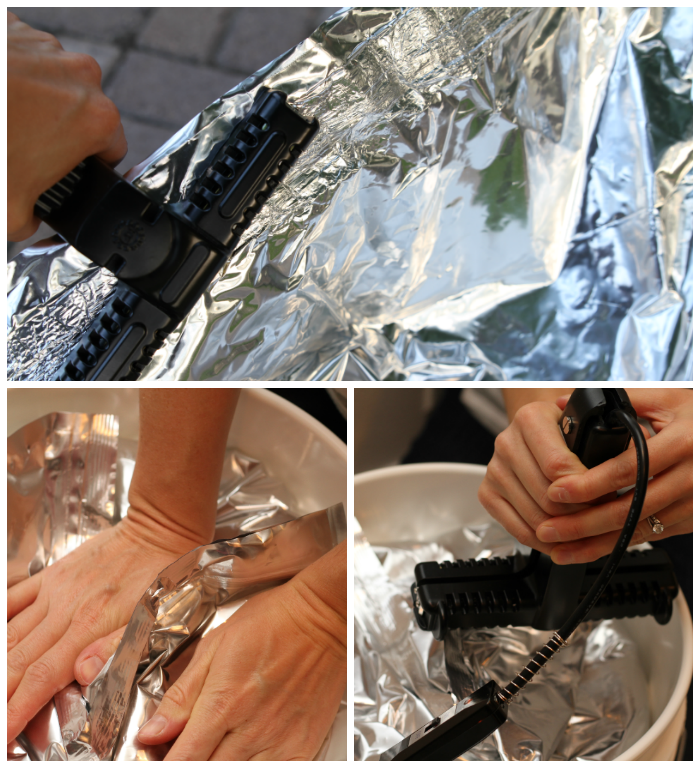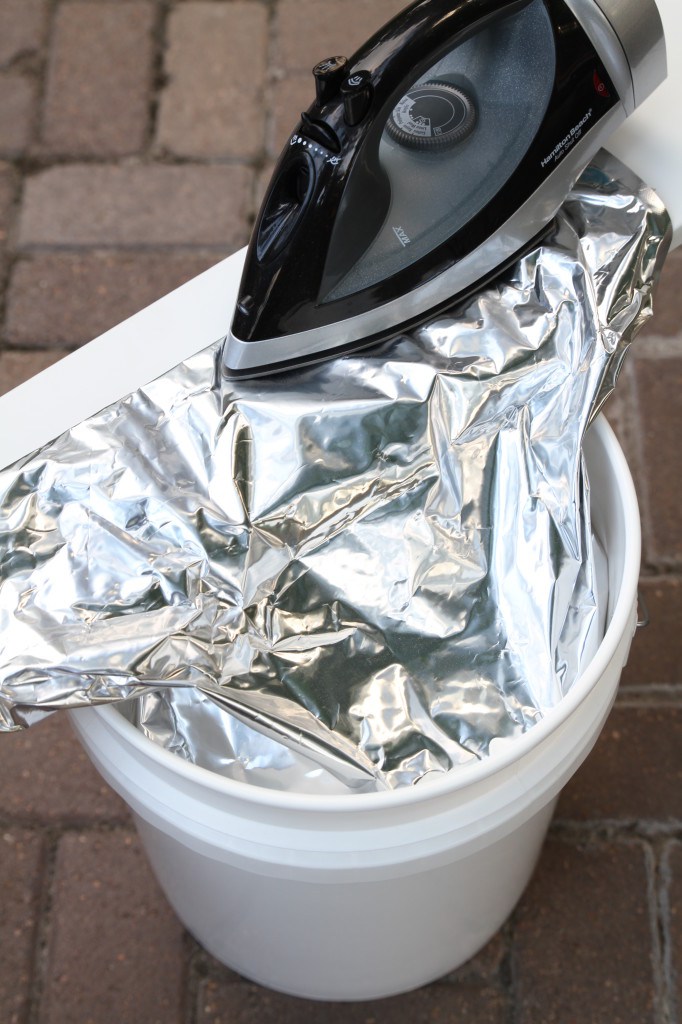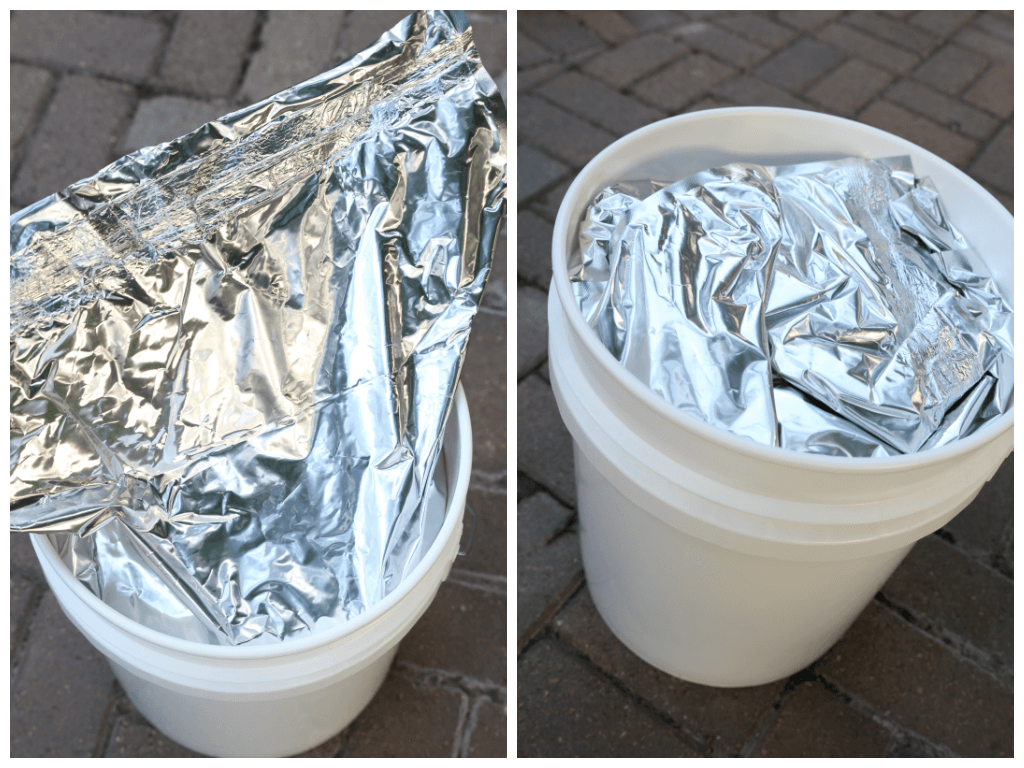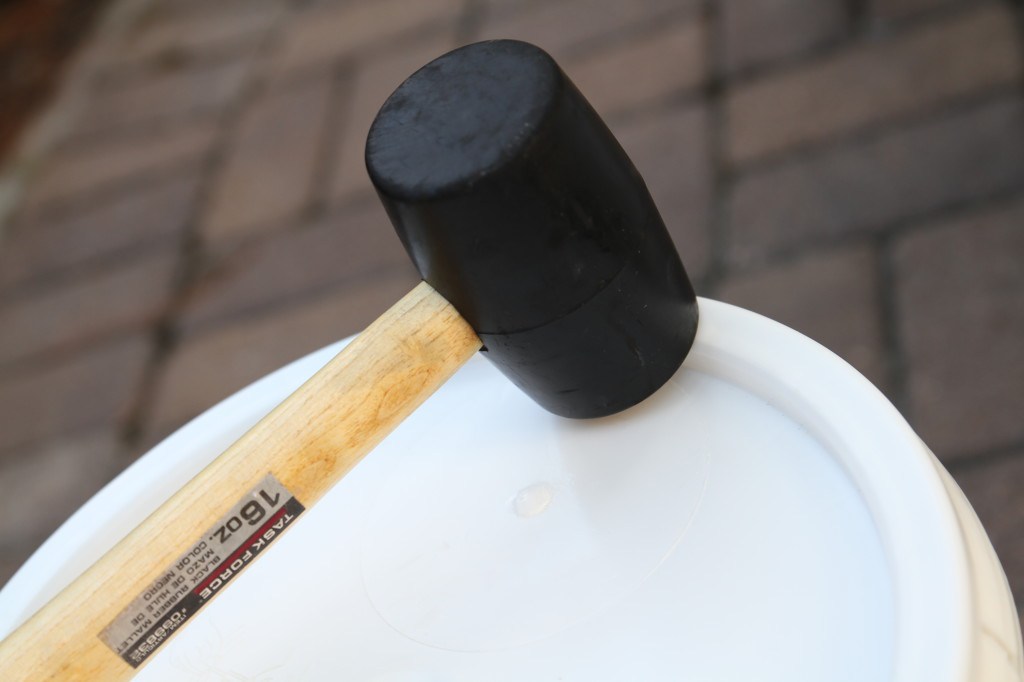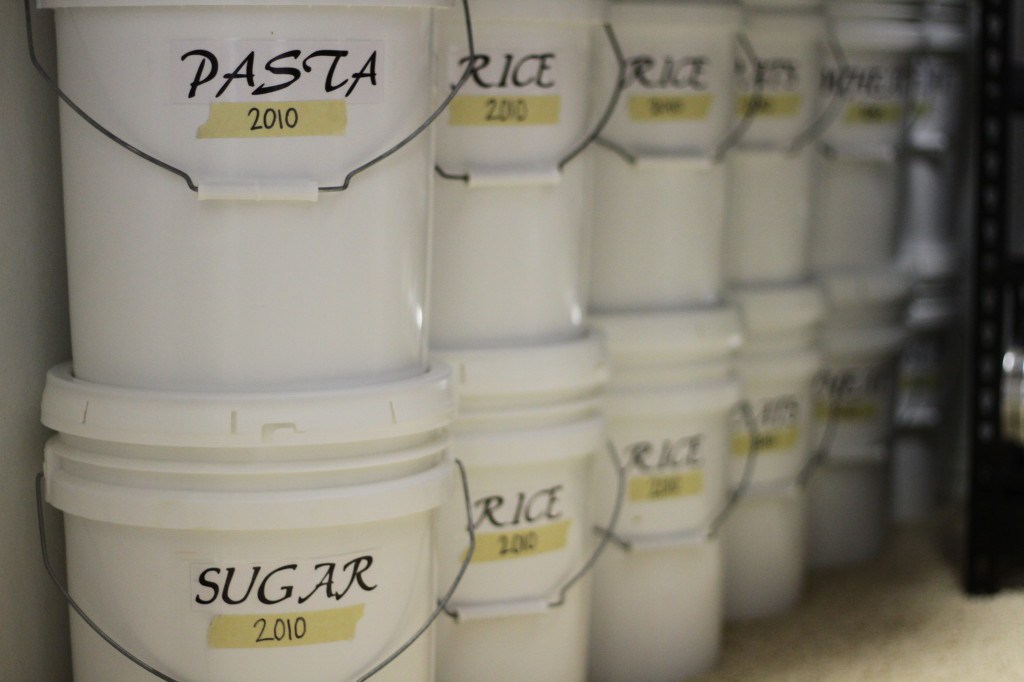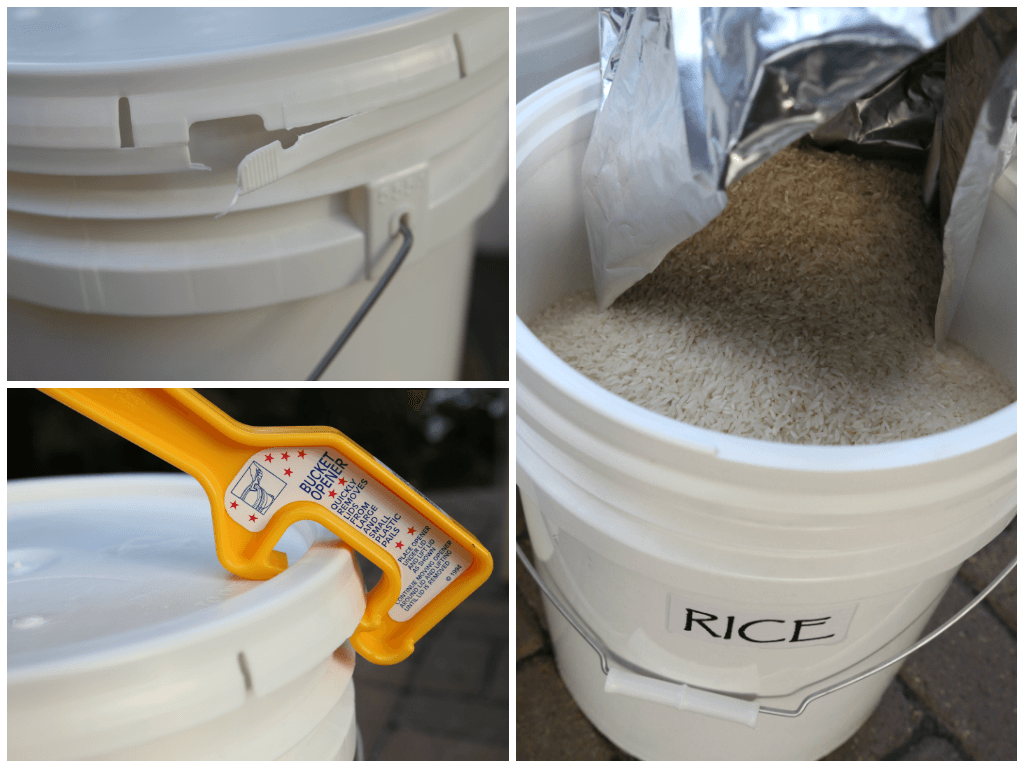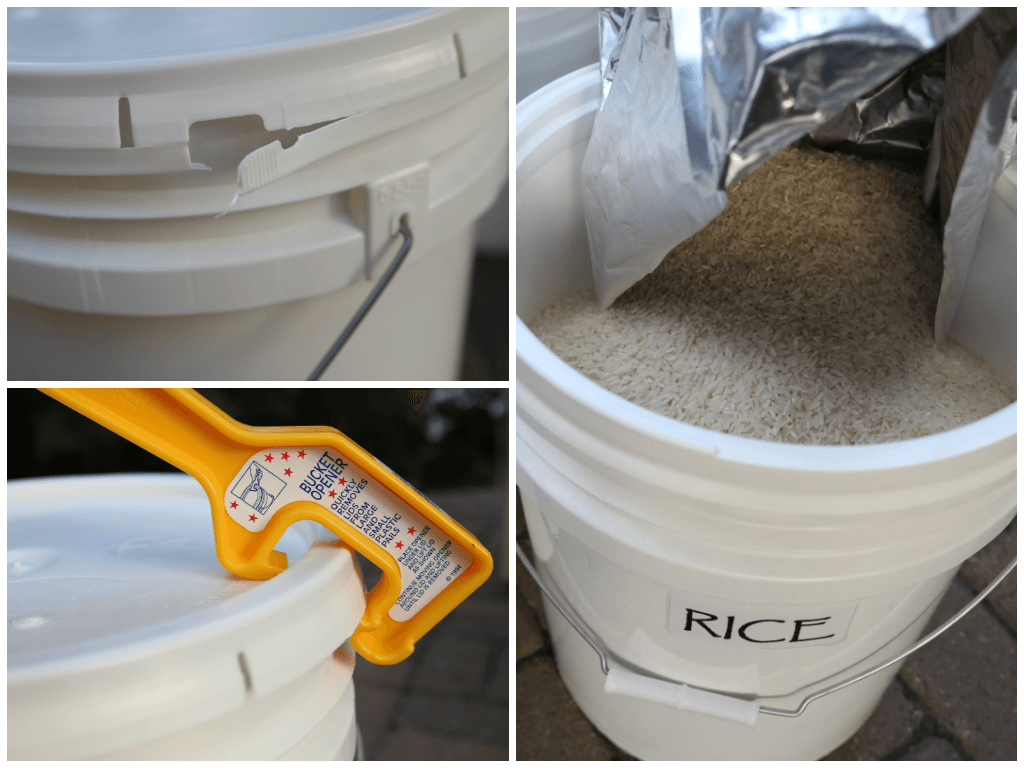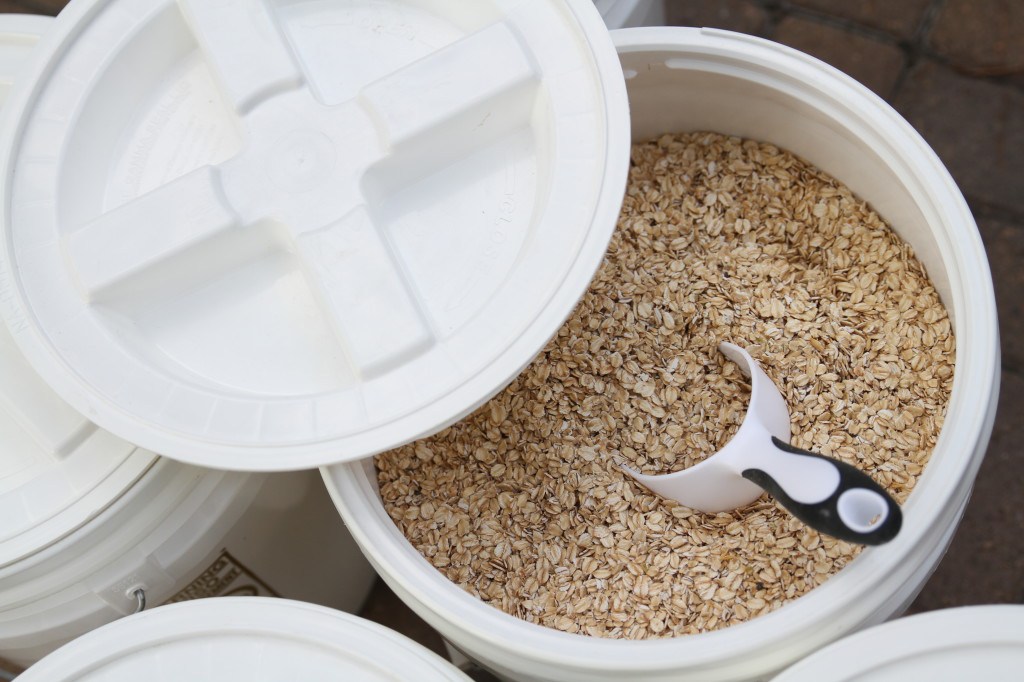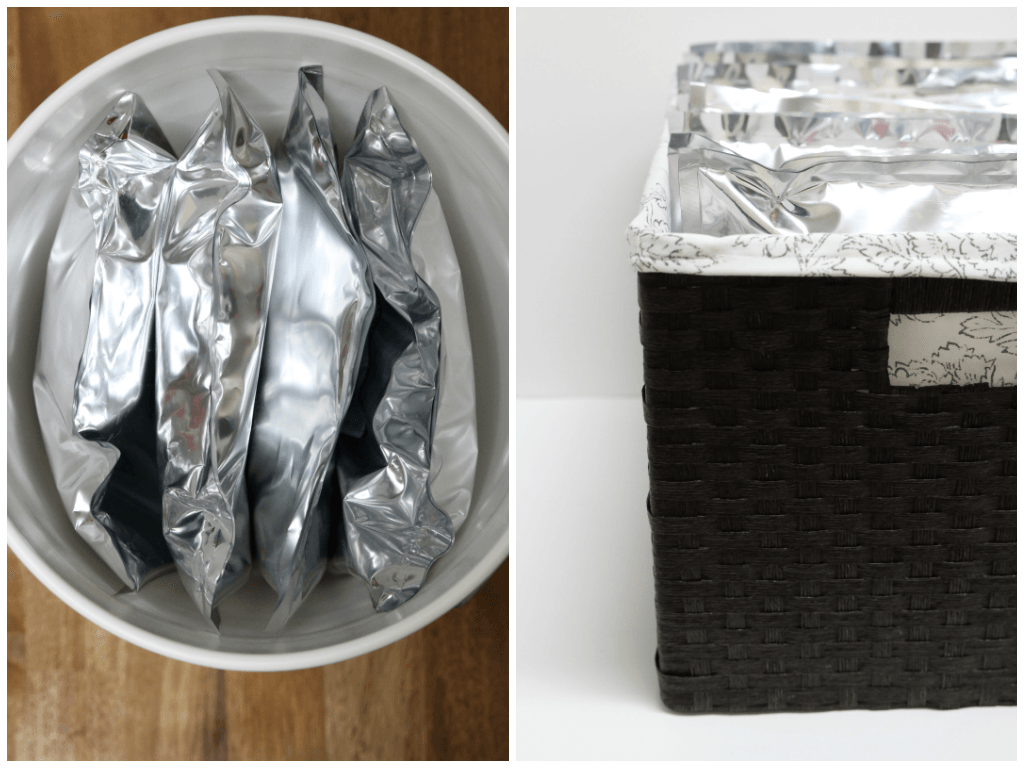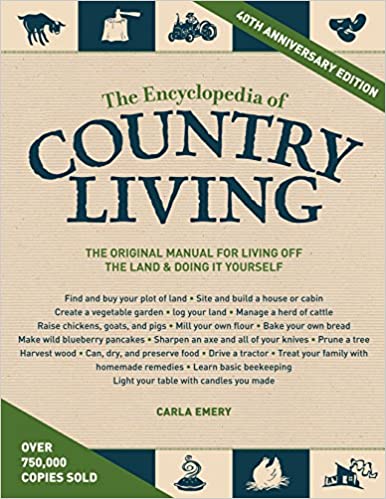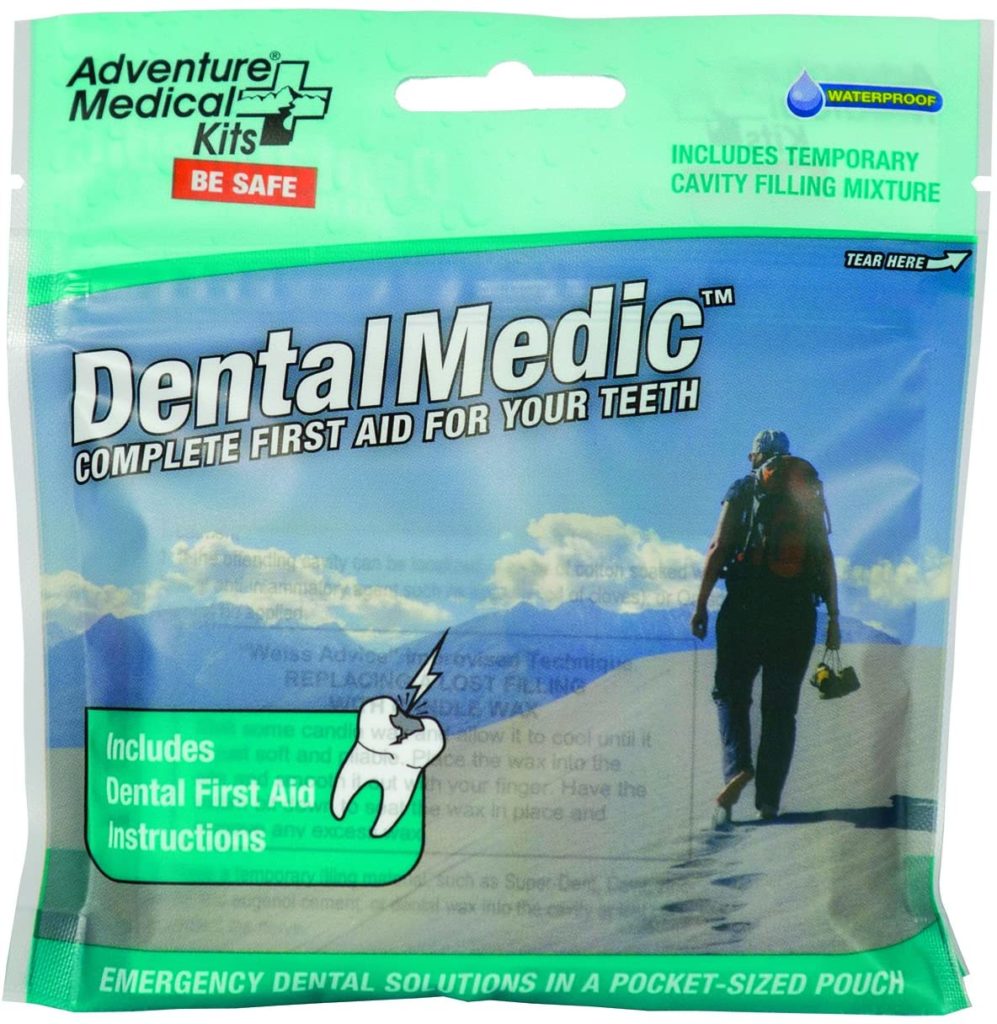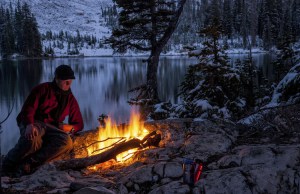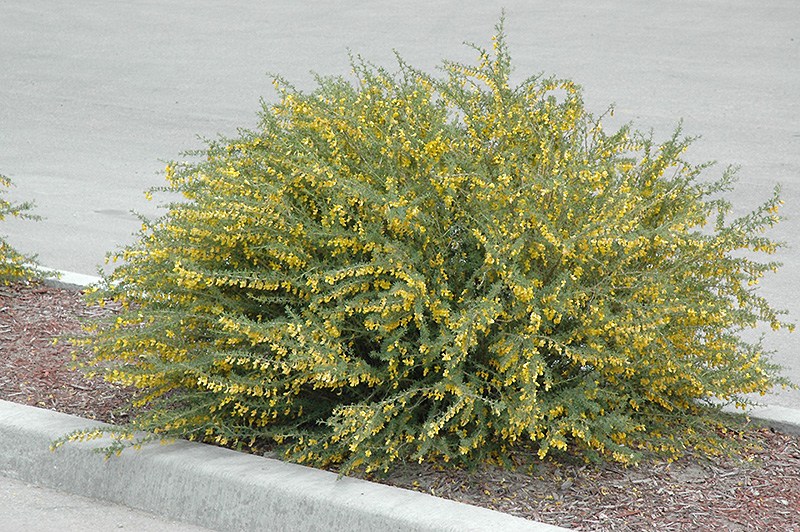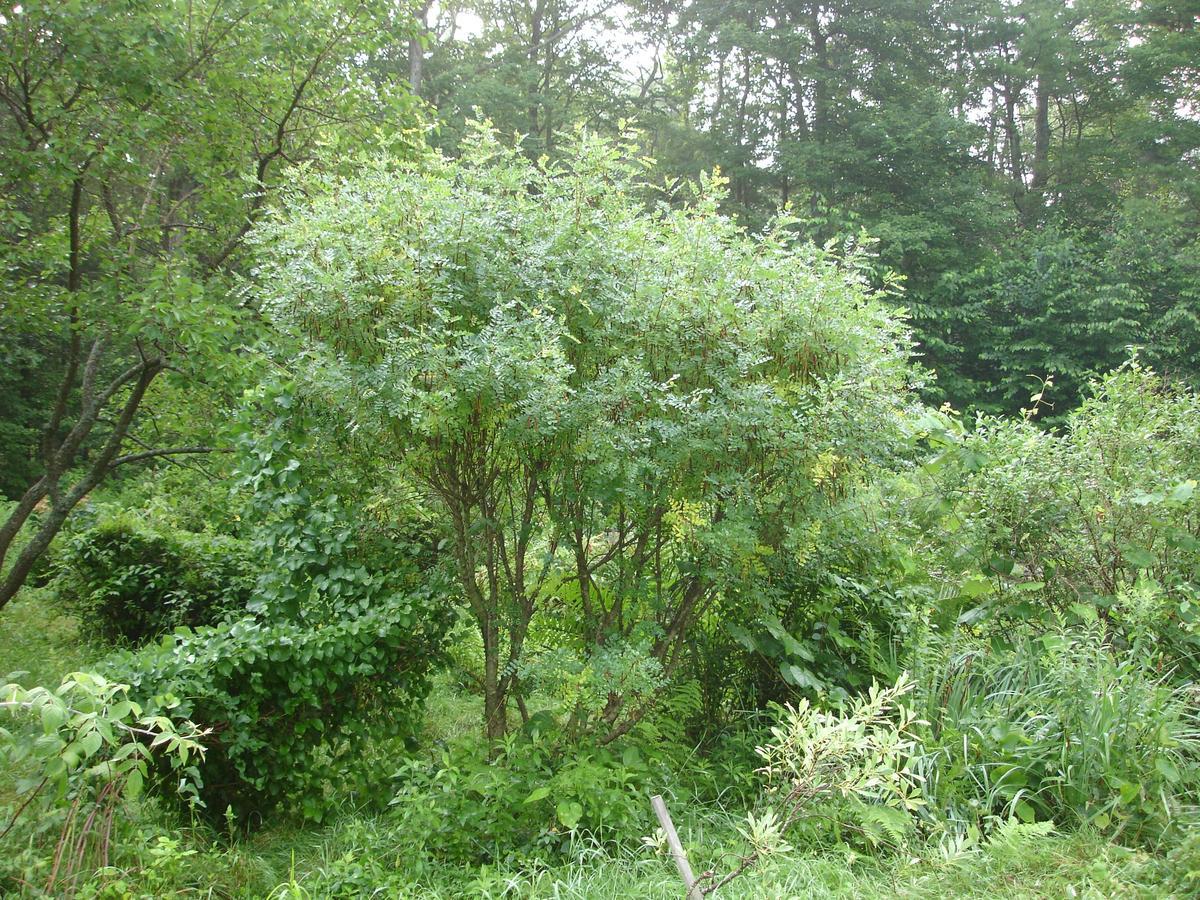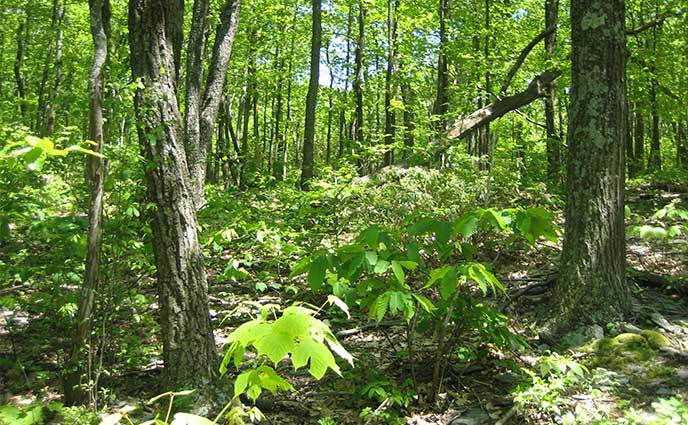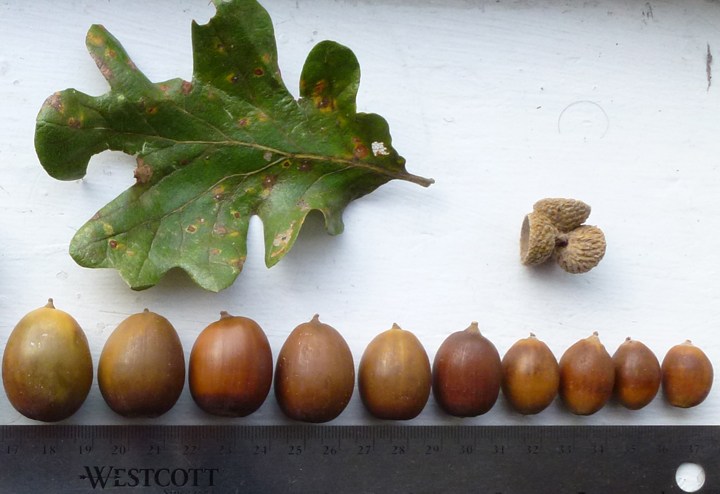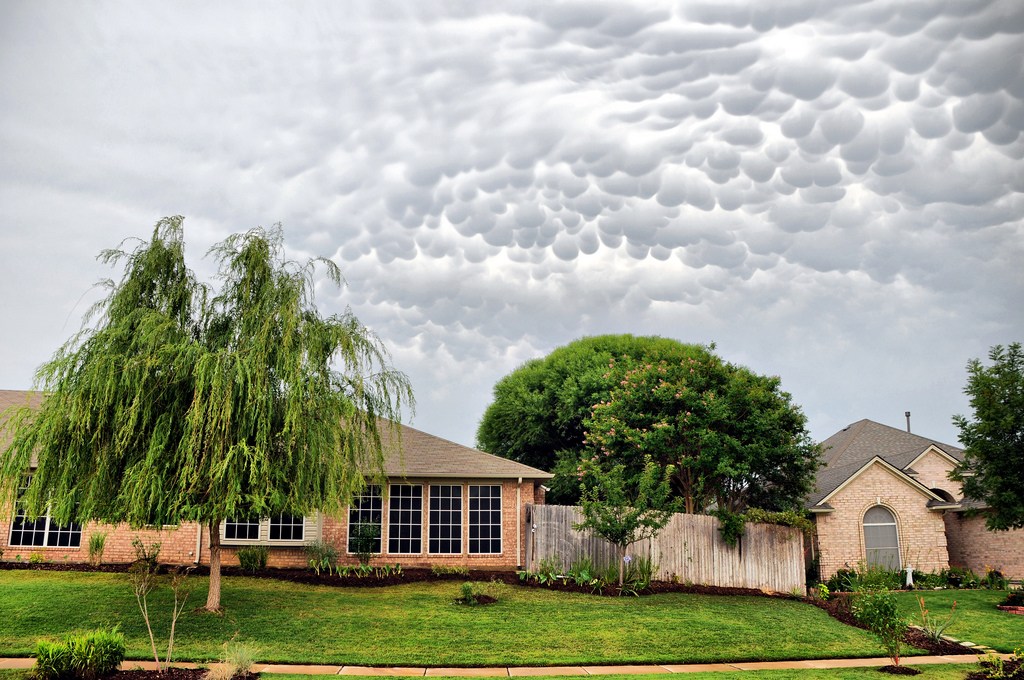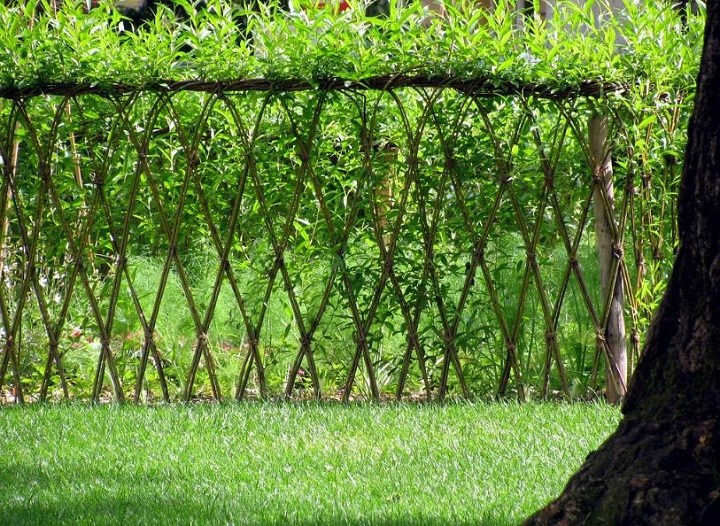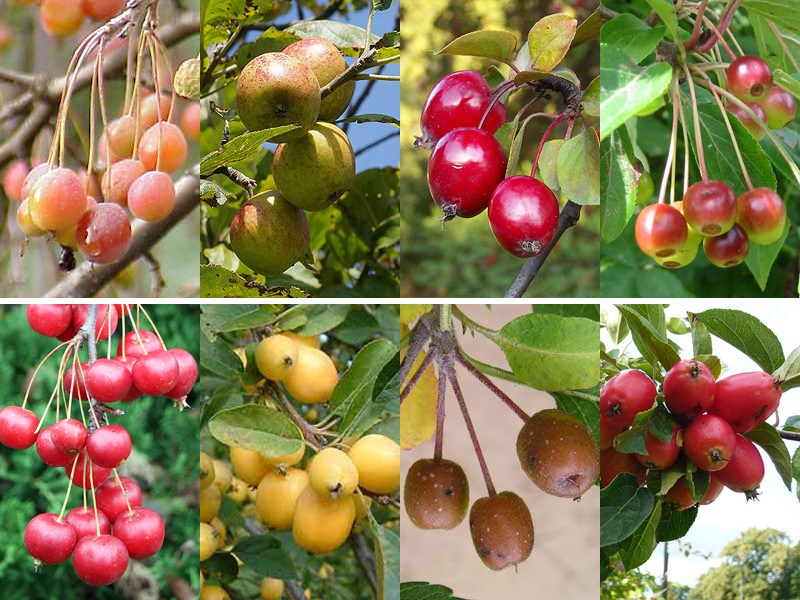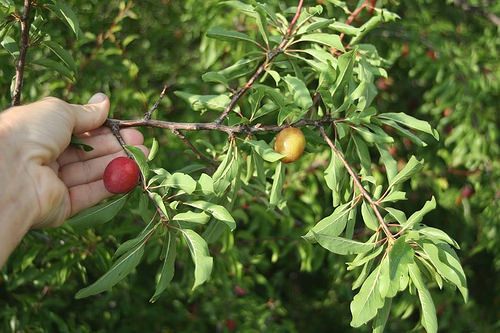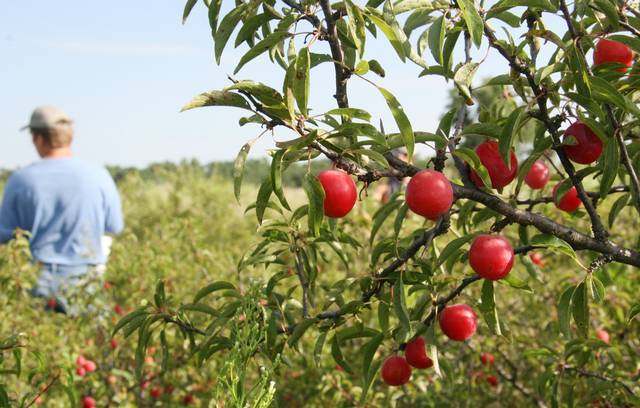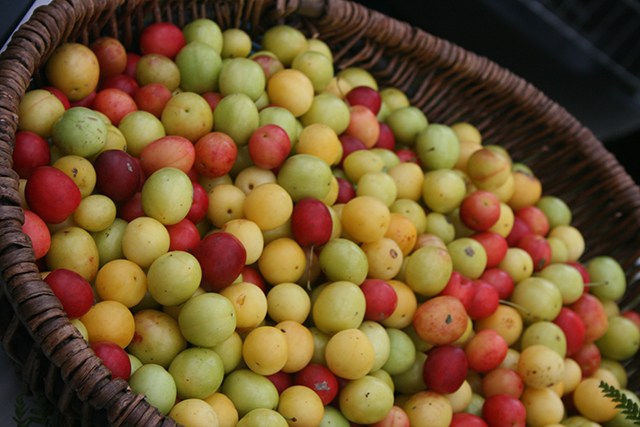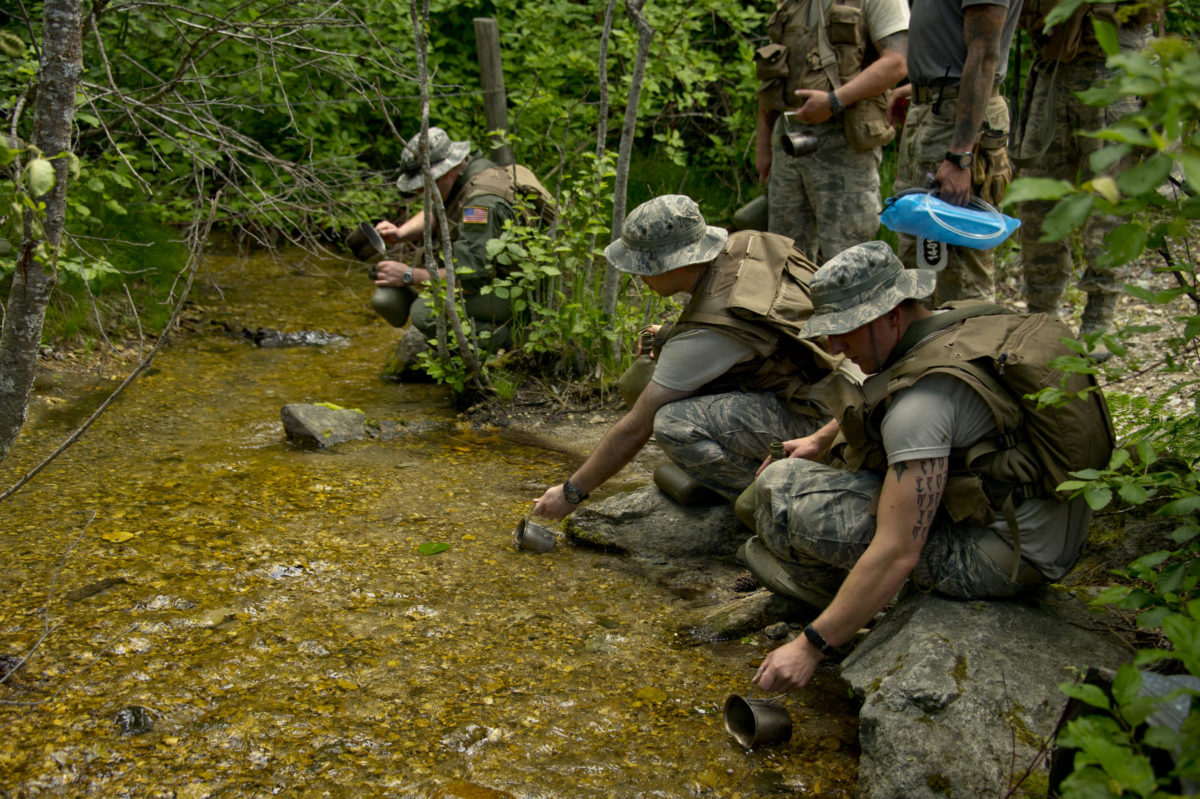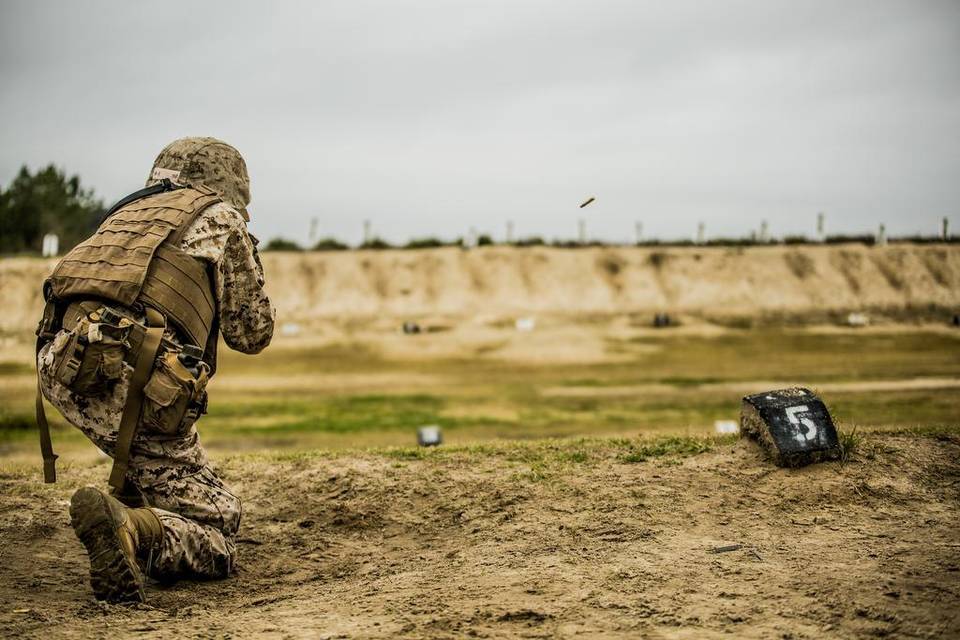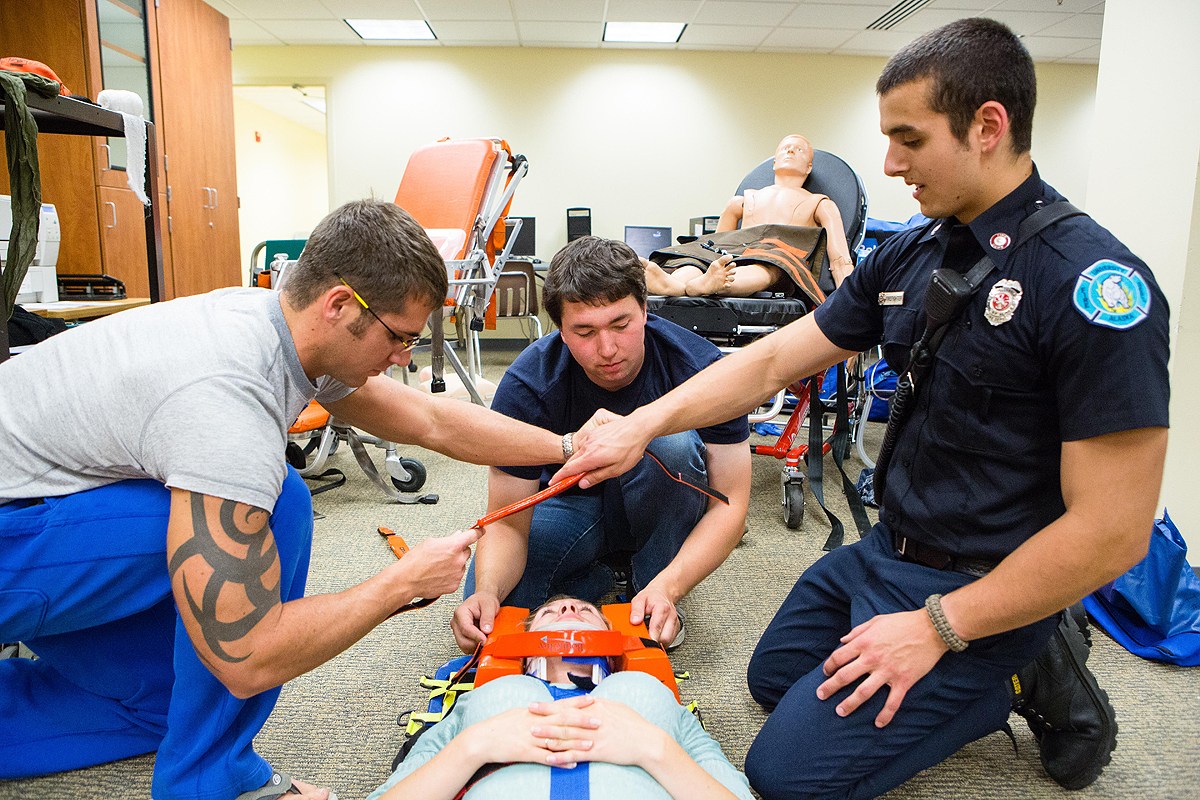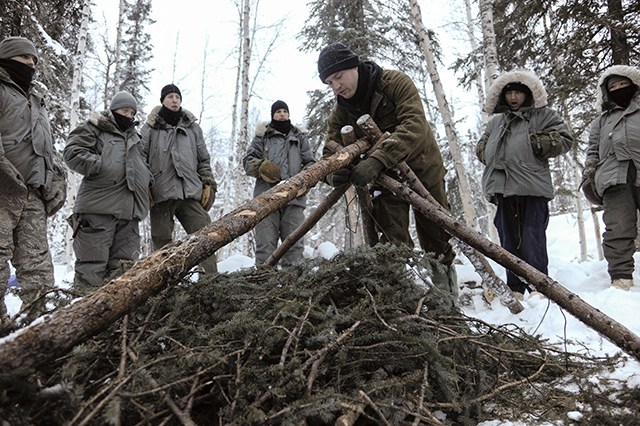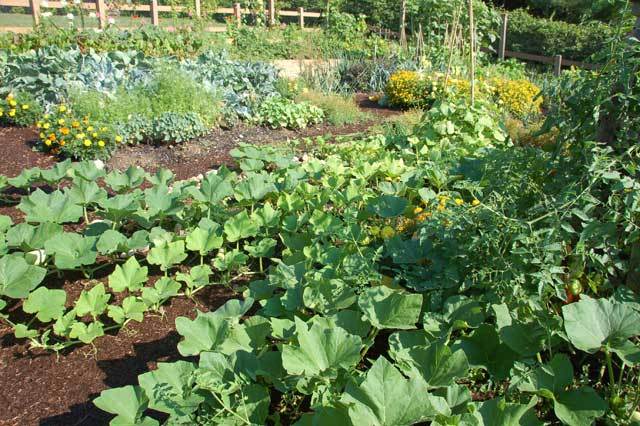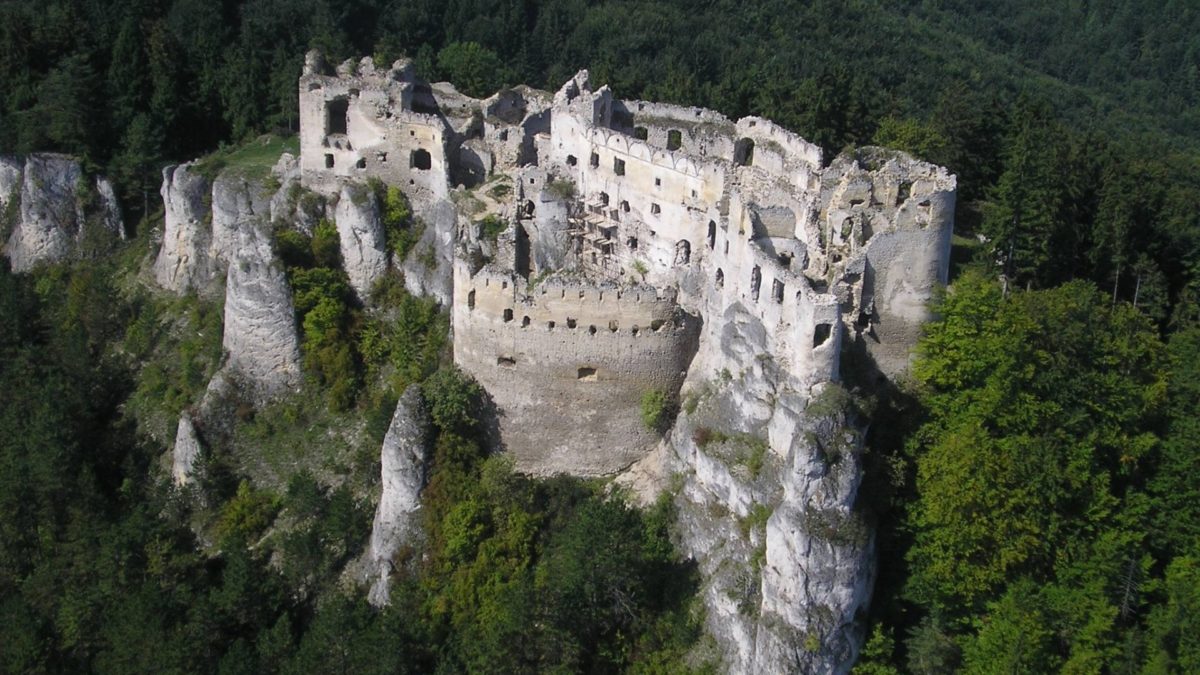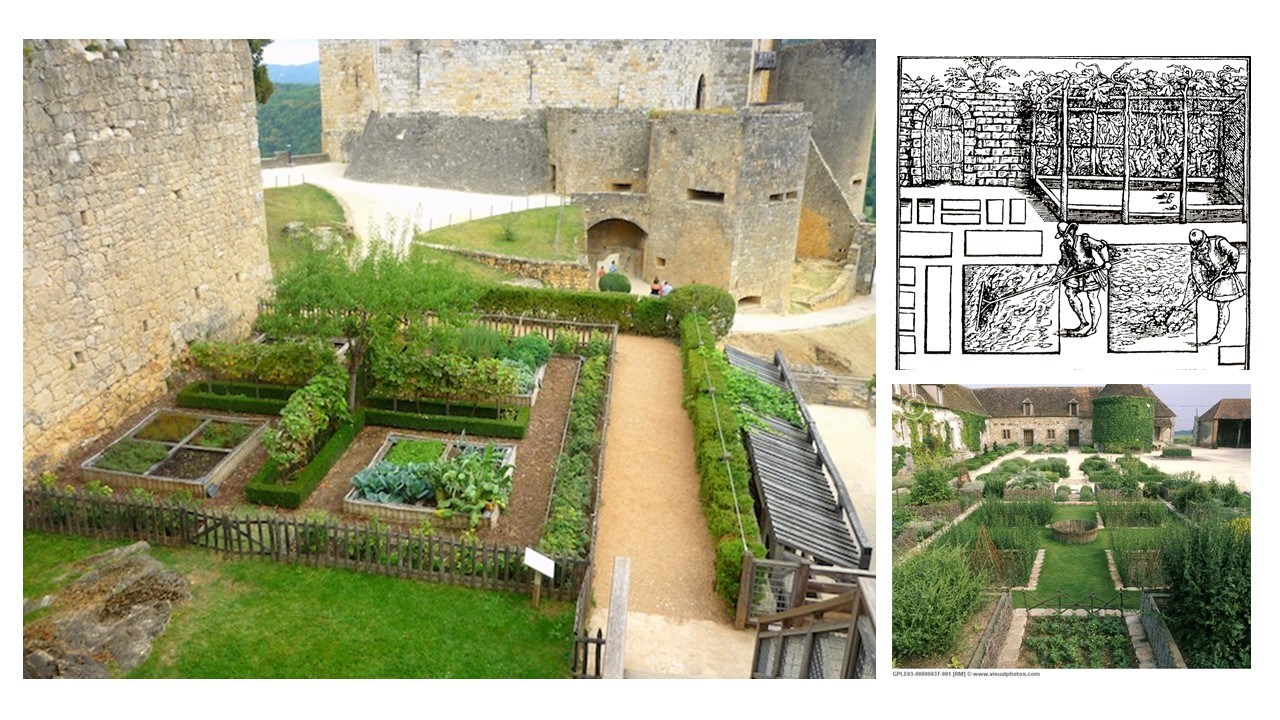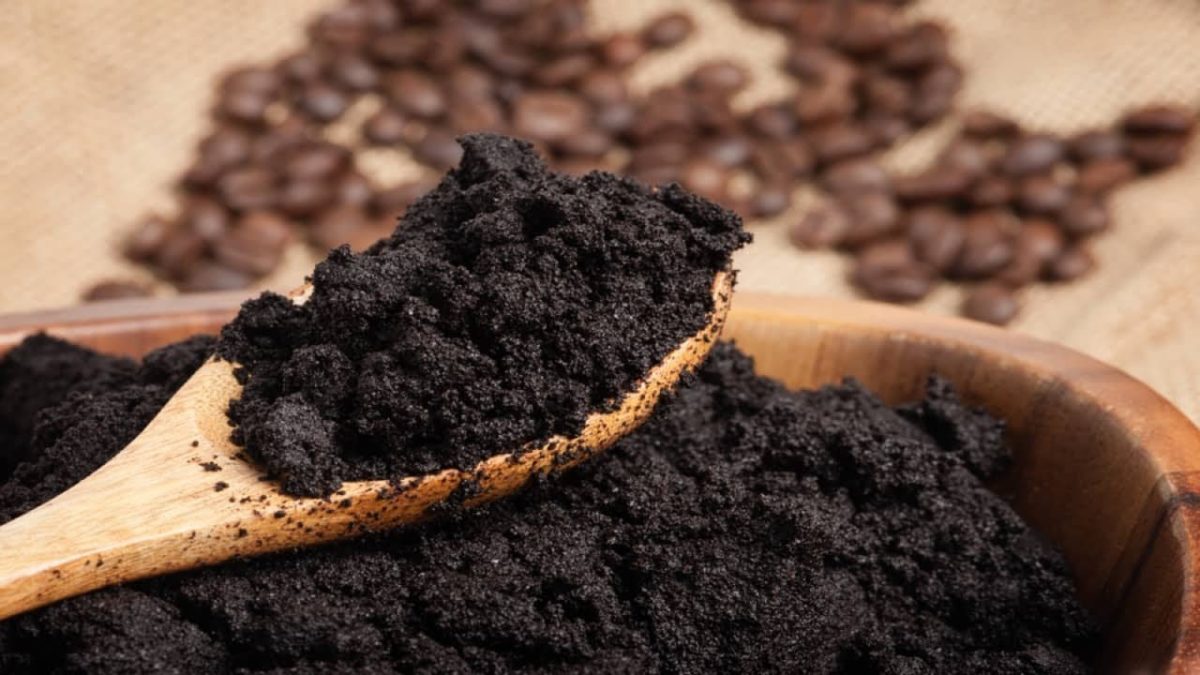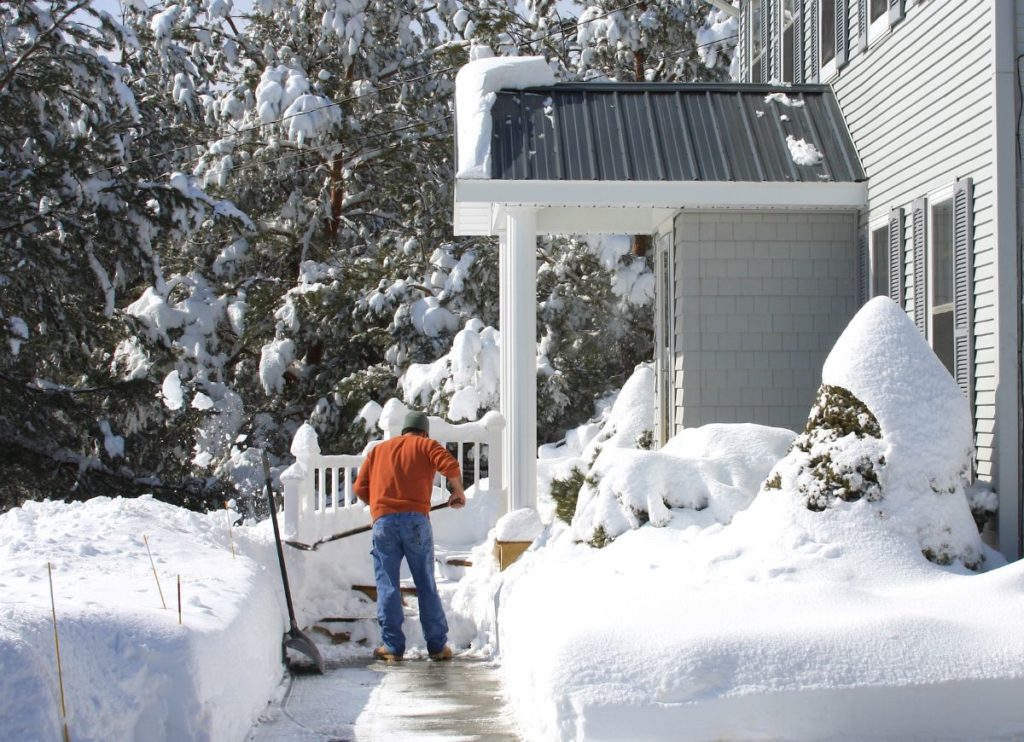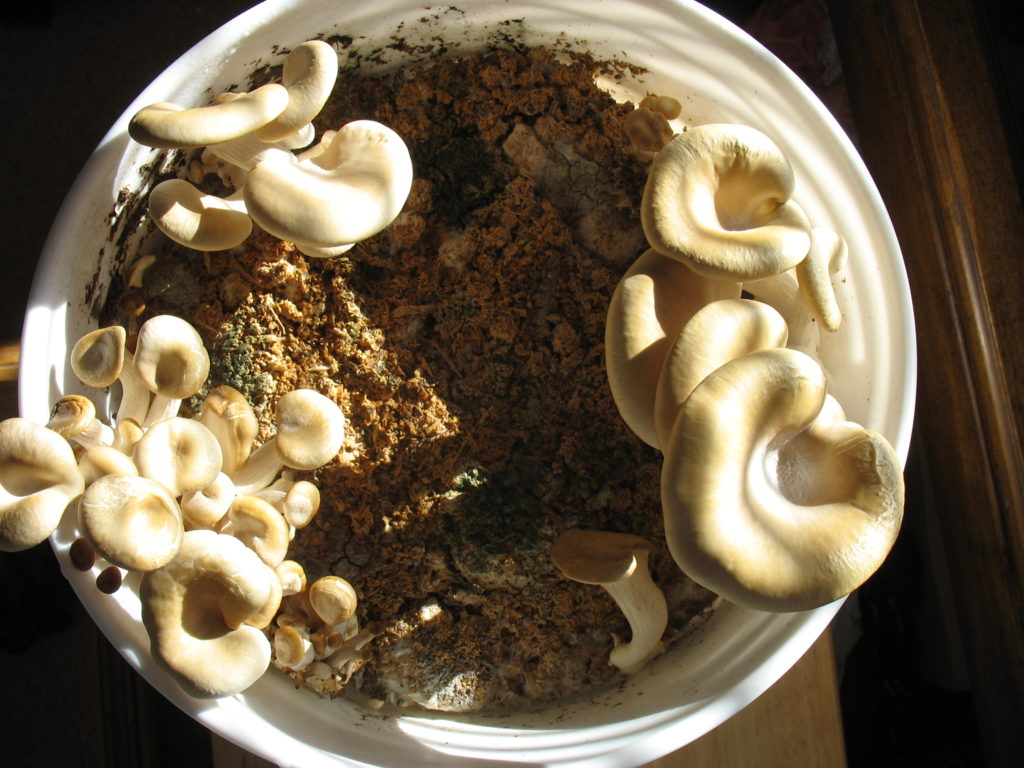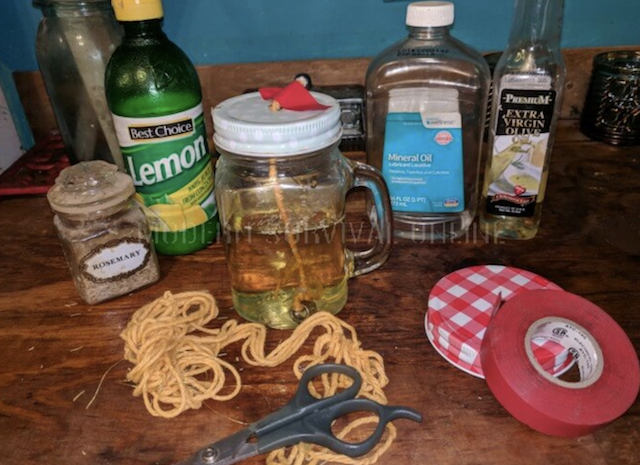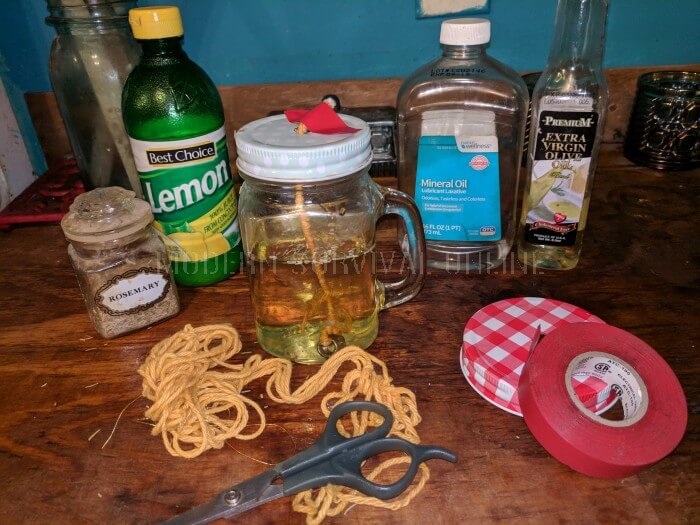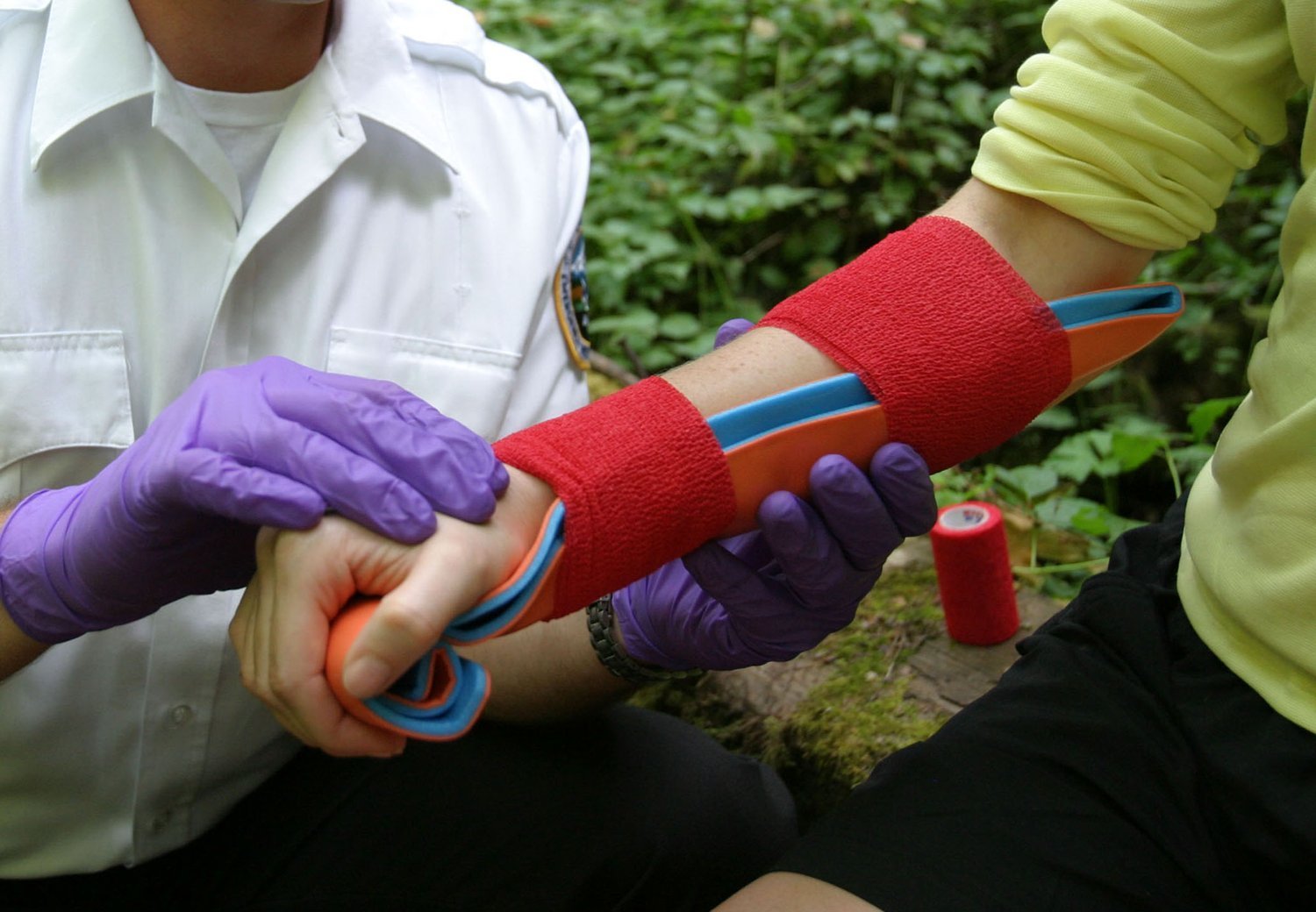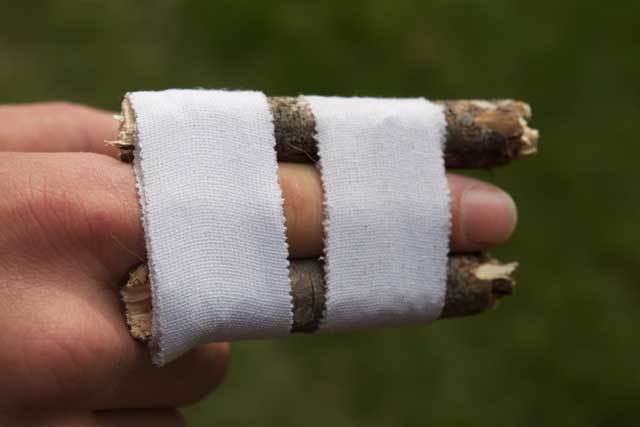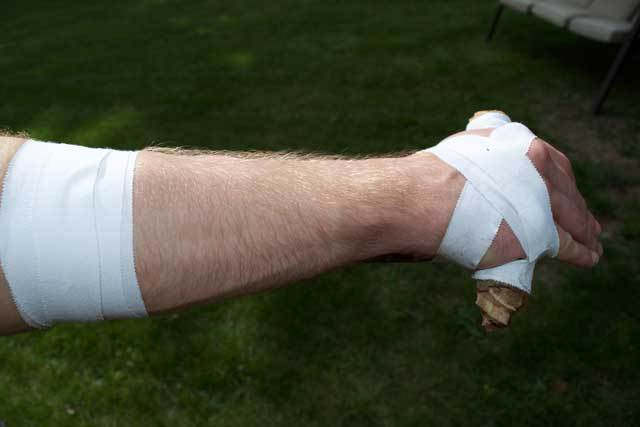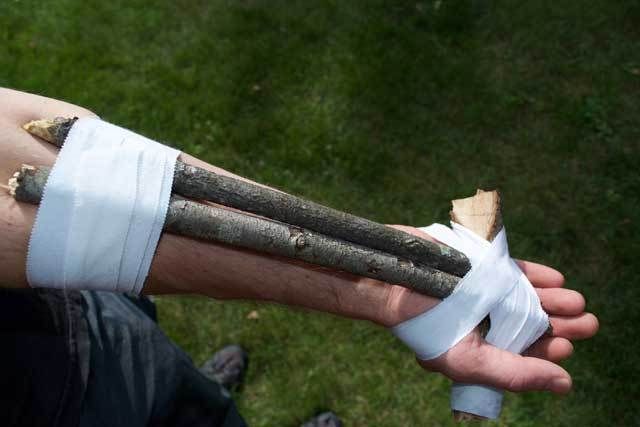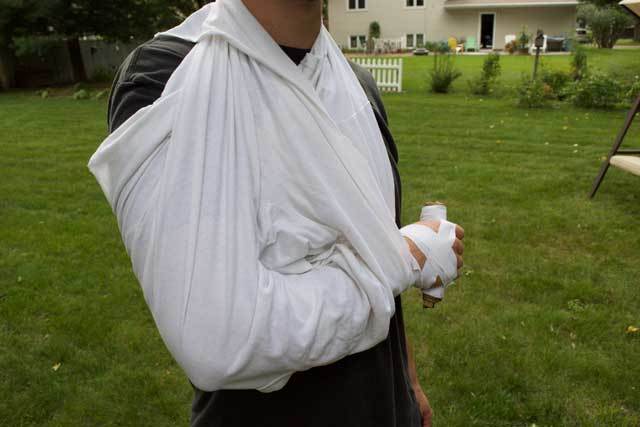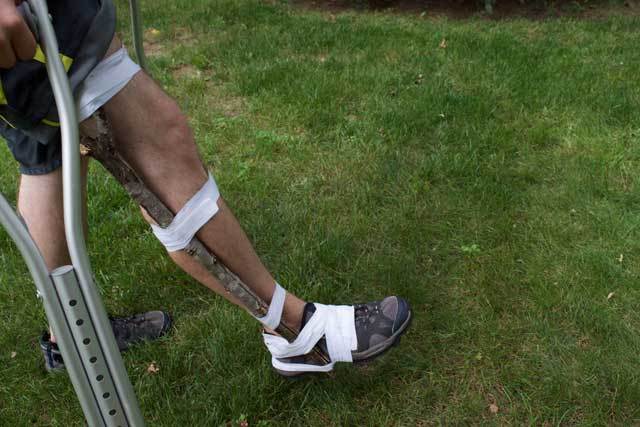Prepping Myth: When SHTF You Will Bug Out To The Woods
I wanted to address a few common misconceptions that I think some people have with how they plan to address a SHTF event in their lives. There are some that are more dangerous than others granted, but all of these prepping myths give us an opportunity to dissect various topics in the prepping community to better understand the risks and rewards of various approaches. In this article, I want to discuss the myth that some preppers have that if the SHTF they are simply going to don their brand new Bug Out Bags and quietly walk into the national forest. This is the bug out to the woods strategy that I read about often in comments or on forums.
This weekend I was walking with my dog on a new trail we had discovered and as often happens, I began to look around at the trees and water sources and soak in the apparent solitude. I think about how remote we are when we get into the woods and the sounds from roads, picnic areas or nearby neighborhoods falls away and you are left with the feeling that you are in the middle of nowhere. I think about this even though I know full well that I am just a short walk back to the parking lot where myself and dozens of others have pulled in temporarily to enjoy the outdoors and a relatively undisturbed spot of nature that our tax dollars are funding.
I was walking down trails, crossing small creeks and envisioning how someone could think that if a disaster happened how they could run out here and survive for a while at least. I was even thinking this myself for a while, but the idea that many people could survive a SHTF event simply by walking into the woods and making a shelter is foolhardy. If this is your plan, you might want to consider a few things first before you leave it all behind and step into the woods for what could be the last time.

Could other people have the same idea as you?
What do you think you are running to?
As with any conversation on topics common to the prepping community, it helps to set a framework for discussion. For the purposes of this article, we will assume that you and your family must leave your home. This could be for a whole host of reasons, but we will go on the assumption that you are running from a bad situation (riots, war, plague, and zombies) and your hope is to find peace, safety and perhaps a new life hidden in the woods of a nearby forest. This could be a large national forest or simply a few thousand acres in your town that hasn’t been developed.
It sounds logical at first doesn’t it? You have the gear you need in your bug out bag, you have been camping before so living in the woods on its face doesn’t seem like a bad idea. There is no place else to go and if you simply walk into the forest, you can find a place next to a stream or a lake, set up camp and begin hunting for wild game and frying some freshly caught fish. Maybe you even have a location that you have been to before that you know is perfect and you think that you will be safe in this remote space in the woods and that somehow you will be able to avoid whatever it was you were running from.
Now, I will admit that there are people who can walk into the wild and survive, even thrive. The number of people who can do this with only what they carry on their back is a miniscule number though and the people I have witnessed (usually on TV if I’m honest) have a tremendous amount of skills, experience and luck. Is this a group you consider yourself a member of?
Most of us, even the crustiest through-hiker on the Appalachian trail needs supplies to live. Can we go out for brief times and survive? Of course, but if you plan to walk into the forest for the rest of your life with nothing more than some snares you have never used, your trusty .22 rifle , and some dehydrated food I think you need to revisit your strategy.
What are the downsides?
The downsides to this approach are numerous but I think the main two are that most of us do not live in the middle of nowhere. If a societal collapse were to happen, there would be a lot of other people with bug out bags hiking into the woods right along with you. That wild game you are depending on catching just like they do on the survival shows, won’t stand up to an onslaught of weekend warriors with their expensive sleeping pads and high powered rifles. In this scenario, it isn’t like you can walk back to Walmart and get some groceries and go back to your tent in the woods.
Where I live we have a homeless population that disappears every night. I know that in warmer months, a good number of them live in a wooded area between two interstates, but my assumption is that area isn’t the safest place in the world. These homeless people have a stable society they can walk to for shelter or a handout on most days. What if the stable society collapsed and started moving in with them? What if nobody could eat and there were no shelters to go when the temperature gets cold? Maybe you could find a reasonably remote place to stay where you wouldn’t have other people around you, but you would still find the issues of acquiring food a major obstacle.
If that isn’t enough, safety would be a huge consideration in the woods. Your tent offers zero protection from a sharp stick, much less bullets. Additionally, have you tried to live in them for weeks at a time? Even the best tents start breaking down and hand-made shelters would need to be constantly worked on to maintain their weather proofing. If you are surrounded by forest, it will be harder to see people approaching you and it would be easy for them to spy on you from a distance without being seen. If the SHTF and times are desperate, anything you have could become something that unscrupulous people want to take from you. What about if you wanted to leave camp? You couldn’t lock anything up could you so it could easily be stolen while you were away. Leave someone behind and they could be overwhelmed by larger numbers. Would you leave a woman alone in this situation?
Is there a better plan?
I have said numerous times that my first plan is to bug in at almost all costs. Does that mean I will never leave my house regardless of the reason? No, but I would have to be under extreme pressure before I would take my family into the woods. If I was making my way somewhere and only needed to stop in the woods for the night – that would be one thing. I would not plan on packing all our stuff on our backs and hiking into the forest though and expect to survive for very long.
What if you know how to forage off the land and you can eat nuts and berries? That’s great but all the other issues are still there. Other people are going to be with you in the forest, and you can’t defend a tent as well as you can your house. If you believe that your bug out plan is to hike into the National Forest that connects to your property and you haven’t considered some of these points, maybe it’s worth a second thought. I myself will know when it’s time to retreat and run away, but I will be very slow to leave my home and although I love walking, hiking and even backpacking in the woods I don’t think it is a valid plan to try and live there if the grid-goes down. Give me my home and zero electricity or water over the nakedness of the forest any day.
I wanted to address a few common misconceptions that I think some people have with how they plan to address a SHTF event in their lives. There are some that



